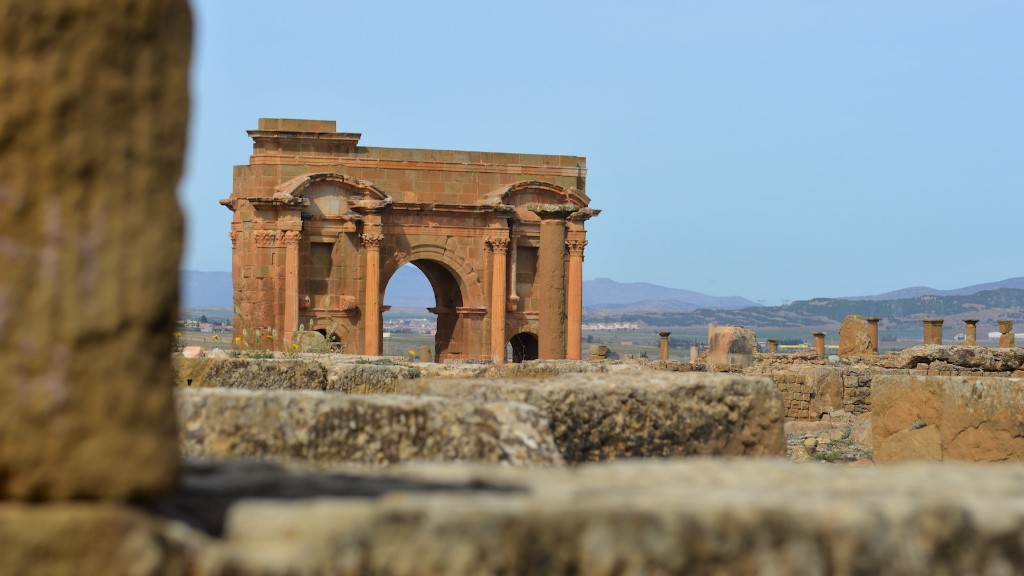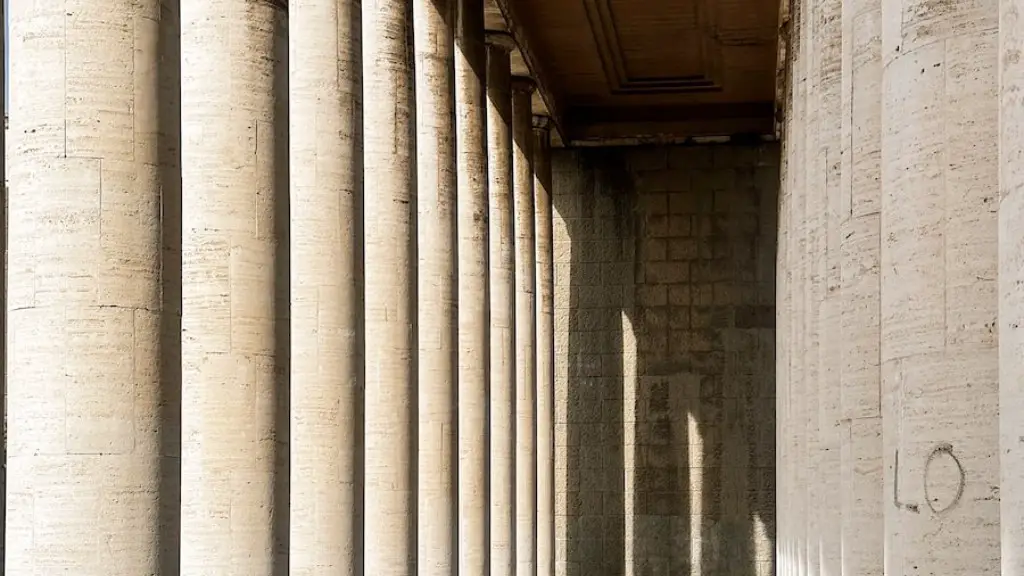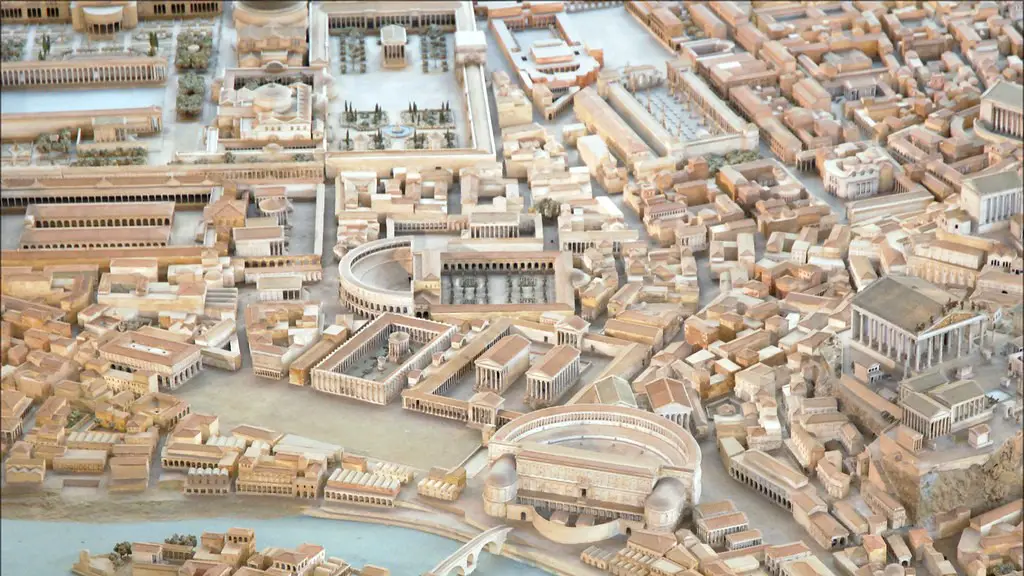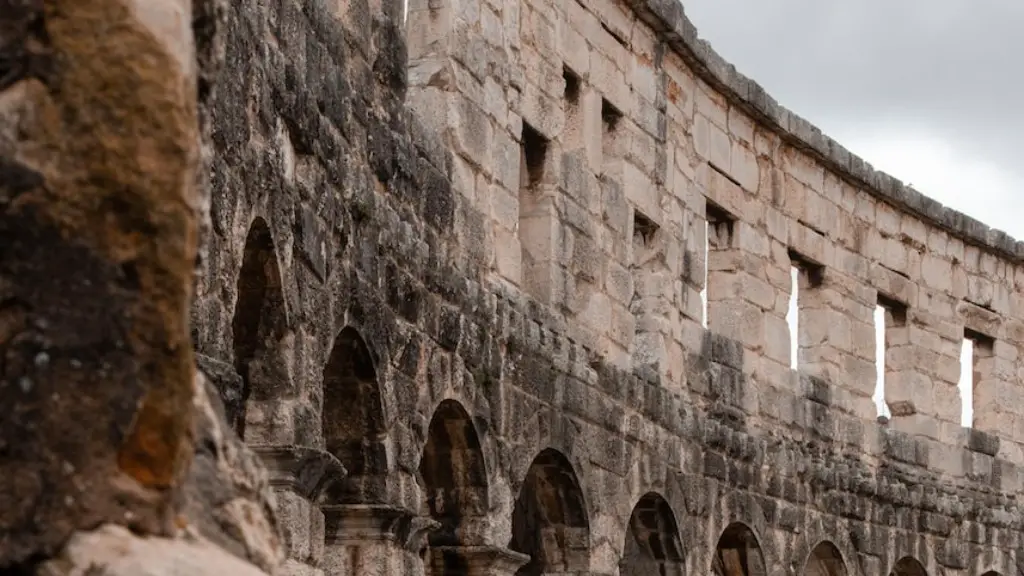Recreation
It is a known fact that children alike to other citizens in Ancient Rome were no strangers to leisure. Children of the Roman aristocrats were busy with activities like playing various ball games, races, and wrestling. Notably, board-games were more popular amongst kids of noble status. These were either played alone or between a few people, typically in their luxurious homes.
In addition to spectacles at the Colosseum, Ancient Romans enjoyed recreational pursuits like gladiator fights, chariot races, and theatrical performances. Similarly, kids from different social classes drew entertainment from urban Roman-style festivals such as feasts with music and dance. Children would also make faux-gladiators and engage in war gaming in open areas of their cities. Particularly, big open spaces of the Forum Romanum or around markets were highly sought after.
Unlike ancient Greeks, Ancient Romans spent considerably more time outdoors due to the amount of public temples and of political activities that occurred in public places. This is why kids took the opportunity to play in the peristyle and atrium of the house because these areas were entirely open, but not necessarily outside.
In terms of physical activities, Ancient Roman children participated in live drills, discus and javelin throwing, and foot races. Roman citizens were well known for their prowess in running and athletics, leading to the fact that Roman children were encouraged to practice daily. In addition to the recreational sports, military drills were also put in place in order to keep military personnel in good physical shape. Most boys of a certain age group were frequently trained in legions or praetorian camps.
Education
In Ancient Rome, education was heavily focused on preserving and spreading the Republic’s cultural values. As a result, Roman children were required to learn certain skills like reading, writing and arithmetic. However, in elite households, emphasis was placed on rhetoric and literature, both of which were used to train young minds and to promote their personal interests. In Rome, teaching was mainly conducted by private tutors, and most of the instruction revolved around basic literacy as well as memorizing lists of things.
The main school for Roman children was known as a ‘ludus’. Here children would receive instruction from professional educators called ‘magistri’. The curriculum consisted mainly of grammar, literature, philosophy, and music. The most skilled teachers would also offer classes in the field of medicine or engineering. Children in Ancient Rome also attended the theatre or amphitheatre for plays and poetry recitations, training their minds in the world of art and culture.
The tutors in Ancient Rome were also responsible for instilling moral values in the children. In addition to supervised play, the magistri would teach their pupils to be honest and value justice. In some cases, the magistri would also be responsible for teaching the children hunting and war tactics. Through this practice, young Roman citizens were both physically and mentally prepared for battle.
Social Customs
Social customs played an important part in all facets of Ancient Roman life. Children were conditioned to observe these rigid social norms, and failure to adhere to those values could result in punishment. Contempt of elders and authority figures was generally punishable by law or social humiliation, both of which were strictly enforced.
In Ancient Rome, family relationships could also play a crucial role in determining a child’s social rank. Middle-class and upper-class children were prominent citizens in the Republic and, thus, were given more respect. They were also likely to have had better access to education, entertainment and leisure activities.
Children were commonly seen in the company of their peers, and socialization was an essential part of the Roman culture. Friends and family would often visit each other’s houses, where they would play games, listen to stories, and talk about the latest news. Social gatherings were also common, and parents were usually present to make sure that their kids behaved in an appropriate manner.
Transportation
Roman kids had various methods of transportation for getting around town. The most common mode of transportation for middle- and upper-class children was to ride a horse. This was a relatively expensive mode of transportation, so lower-class children typically had to rely on traveling on foot or by boat. Animals such as donkeys, mules, and oxen were also used, but this was a much rarer occurrence.
The common citizens of Rome usually had a wagon or a carpentum, which were two wheeled carts and were more often used for carrying goods. These were drawn by mules, horses and even oxen. They could be found plying the streets up and down Italy. Some people also preferred to hire palanquins, which were stretcher beds that were carried by slaves.
Traveling by water was a popular means of transport, but it was usually slower than road transportation. Romans primarily used boats, ships, and galleys for traveling along the banks of rivers and over open seas. Slaves or convicts were typically manning these vessels, and the passengers could pay for basic comforts such as food and shelter.
Clothing
Ancient Roman clothing was heavily inspired by the tradition of the Greeks. Children from the upper classes typically wore clothing that was of an exquisite quality and worth. Most garments were made from wool, leather, or linen and were often dyed with bright pigments. Dressing up was one of the tasks most fondly remembered by the Roman children, and parents would often encourage their kids to show off their garments.
In Rome, both genders typically wore a toga, which was worn by citizens to express their social status. Girls would usually wear a stola, while boys would wear a tunica. Both genders were also expected to put on jewelry and other accessories to complete their attire. Additionally, children would add hairpins, comb, and headdresses to their look.
Festivals
Festivals were an integral part of Roman culture, and children were given special treatment during these events. Children would don their best clothes so as to impress their peers, with costumes and masks being especially popular. A variety of entertainment was available to the Roman kids, with music, dancing, sports, theatrical performances, and puppet shows being particularly well-received.
At festival events, the Romans would get together to share stories and eat food, with white bread, olive oil and honey being some of the favorite staples. Sacrifices could also be offered to the gods to mark important events. Roman children would then often celebrate by making offerings to the gods.
Festival celebrations were highly popular amongst the citizens of Ancient Rome and would bring the people together. Even today, the Roman deities and gods remain a source of fascination and mythology, and the legacy of their festivals continue to live on in the modern world.
Labor
Children of Ancient Rome were often involved in labor as early as six years old. Slave children were usually expected to help with household chores, while the sons of the wealthy would help manage the family estate. These minors were expected to work under the supervision of adults, and their labor was typically considered to be unimportant and menial. In some cases, freeborn children of poor families were required to perform labor in order to survive.
Children in Ancient Rome were often expected to take on odd jobs, such as street hawkers, messengers, and even entertainers. Some may have also been employed as musicians or actors, though these jobs were generally reserved for freeborn Roman citizens. Young boys were also forced into military service at a young age. This type of labor was viewed as honorable and could be a way for young Roman boys to rise in the social hierarchy.
Although labor was common during this period, children were shielded from the harsh realities of adulthood. Roman law forbid children from certain activities such as running businesses, taking on debt, and even marrying. These restrictions ensured that the minors of Ancient Rome were not burdened with the same responsibilities of adults.





